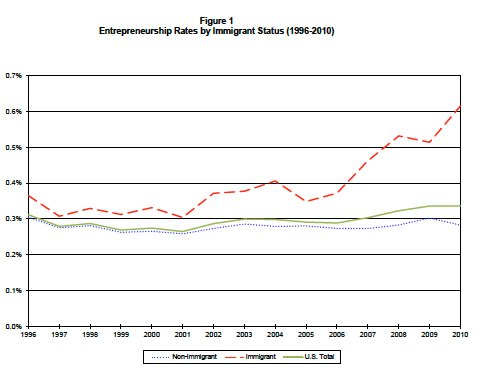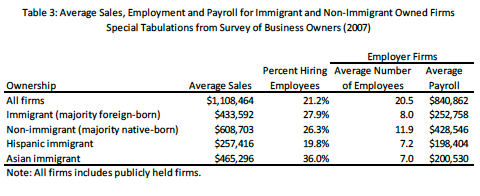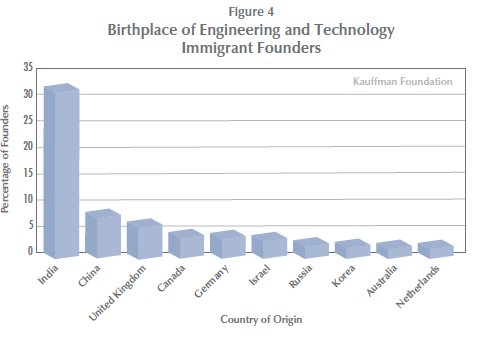N.Y.U. announced her death.
Ms. Burns has been hailed as the “godmother of Silicon Alley” for helping to turn out 3,000 graduates of the university’s Interactive Telecommunications Program. Many have become part of the brain trust of Silicon Alley, as New York City’s answer to Silicon Valley is called. They work at Google, Apple, Microsoft and Disney as well as at small start-up firms.
Her purpose was to produce people, rather than just technicians, who could use technology to perform interesting and helpful tasks. Beginning in the early 1970s, working with George C. Stoney, a film professor, she created an informal N.Y.U. program called the Alternate Media Center. One of its efforts was to develop a two-way television system that allowed elderly residents of Reading, Pa., to interact with one another and “visit” community sites like the city center and the Social Security office.
She and Mr. Stoney explored the possibilities of the Sony Portapak camera, the first portable video camera, seeing it as a way to force social change. An early initiative used video to document a faulty stop light to force City Hall to provide a new traffic light.
When the computer became dominant, I.T.P. won notice by coming up with novelties like a talking gumball machine and a refrigerator with a video of a mother’s face projected on its interior back wall. When a visitor took a box of chocolates out of the refrigerator, the mother taunted: “Yeah, that’s just what you need! More chocolate.”
As the dot-com revolution gathered speed, the center was ready. Typical of its alchemy was a 2007 student project that devised a way for thirsty plants, with the help of sensors placed in the dirt, to signal over a phone line that they needed more water.
Ms. Burns wanted the school to be fun, and one student who fulfilled her vision was Dennis Crowley. With a fellow student, Alex Rainert, Mr. Crowley developed the social networking site Dodgeball at N.Y.U. and sold it to Google for millions of dollars after their graduation. When Google dropped Dodgeball in 2009, he started a similar service called Foursquare. It now boasts 25 million users.
In an interview with an N.Y.U. alumni magazine, Mr. Crowley said he fell in love with I.T.P. on encountering “a weird art show” on his first visit.
“The first project I saw was someone who was making robots who follow robots who follow robots,” he said. “And as soon as I saw that I was, like, oh, my God, I need to be here.”
He called I.T.P. “a playground, almost, for people who are really enthusiastic about tech and the user experience and using technology to enrich people’s lives.”
Daniel B. O’Sullivan, the current I.T.P. chairman, said in an interview on Monday that Ms. Burns “knew the road to invention was through whimsy.”
Ms. Burns herself had said that her way of encouraging creativity was to stay out of the way. “I played under the radar for a long time,” she told The New York Times in 2007. “I know that when you’re trying to do something new and you have no history or justification for doing it, people are quick to jump and pull on you. And I just wanted to be left alone.”
Ms. Burns was born Goldie Gennis on April 9, 1925, in Ottawa, to immigrants from Russia. Her nickname, Red, came from her hair color. A top student, she graduated from high school at 16 — too young to go to college, her parents insisted. So she took an internship at the National Film Board of Canada and became enthralled by cinema. She went on to marry a film board editor, Alex Myers, who died suddenly in 1953.
After taking a job with a television distribution company, she eventually married Lloyd Burns, a colleague. They moved from Toronto to New York. Mr. Burns died in 1970.
Ms. Burns is survived by a son, Michael, and a daughter, Barbara Burns, both from her first marriage; a daughter, Catherine Lloyd-Burns, from her second marriage; and three grandchildren.
Ms. Burns became intrigued by the Portapak after seeing one demonstrated and approached David Oppenheim, the dean of N.Y.U.’s Tisch School of the Arts, about the possibility of teaching a class using it. “At that time I didn’t need any money,” she said in an interview with Scienceline, an N.Y.U. publication, in 2012. “So I was hard to resist.”
Mr. Oppenheim directed her to Mr. Stoney. The program they started, I.T.P., awards master’s degrees to about 115 students a year. It offers 140 courses and has a full-time faculty of 10. Mr. O’Sullivan said it also employs “an army” of part-time professors. Half the student body is female, a rarity for a technical program, he said.
Ms. Burns, he added, did not really believe that technical expertise was essential to creativity, partly because technology is continually changing. Another reason, Mr. O’Sullivan said with a laugh, was that “she really had zero technical aptitude.”
“To me, the computer is just another tool,” Ms. Burns once said. “It’s like a pen. You have to have a pen, and to know penmanship, but neither will write the book for you.”

Article source: http://www.nytimes.com/2013/08/27/nyregion/red-burns-godmother-of-silicon-alley-dies-at-88.html?partner=rss&emc=rss




 Updating…
Updating…